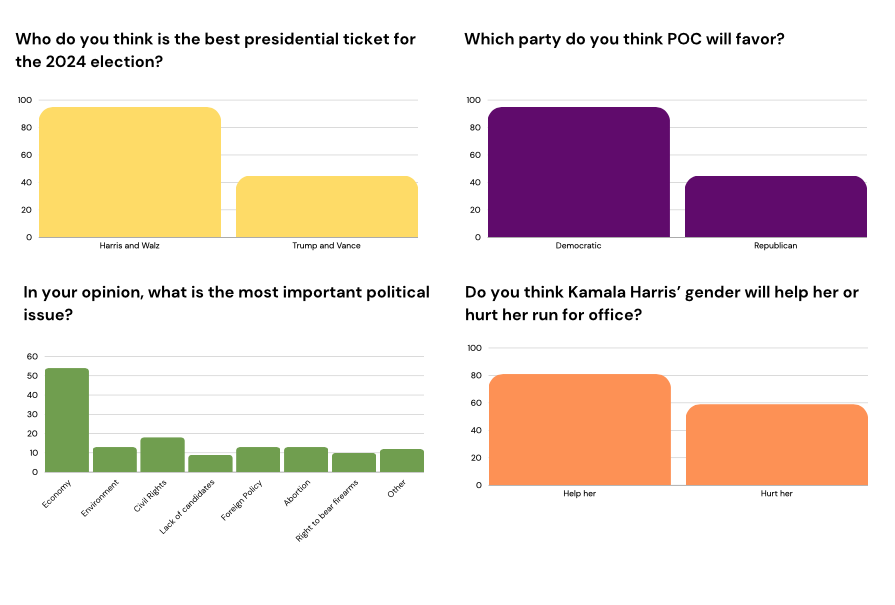After around 460 days of the Israel-Hamas conflict and more than 46,000 Palestinians killed, Israel and Hamas have agreed on a ceasefire deal consisting of three phases.
The Israel-Hamas conflict started on October 7, 2023 when Hamas led an attack on Israel, taking 251 hostages and killing 1,195 people in the country. This resulted in Israel declaring war and targeted Gaza—where Hamas is located—with missile strikes, leaving the strip in ruins with millions of Palestinians either killed, injured, or displaced.
The main goal of this deal is to stop destruction in Gaza, release prisoners held by both Hamas and Israel, and return displaced Palestinians to their homes. The Biden Administration and mediators from both Qatar and Egypt worked together to push both countries toward peace.
The first phase will include more aid, withdrawal of Israel troops from Gaza, and the release of 33 hostages held by Hamas and about 2000 by Israel—including those serving life sentences. As the prisoners are exchanged, Israel will call back its forces in the Gaza strip by parts. Up to 600 aid trucks a day will be allowed through into Gaza as civilians return to their homes, or in this case, what remains.
The terms of the second and third phase will be negotiated during the six-week-long first phase. There is a possibility the negotiations will go beyond six weeks, but former President Joe Biden reassured that the ceasefire will remain. The expected second phase will involve the release of all of Hamas’ prisoners and more Palestinians held in Israel. Israeli forces will also withdraw completely from Gaza. The third phase will focus on the long-term reconstruction of Gaza which will be supervised by the United States, Qatar, and Egypt. The exact details have yet to be determined.
President Donald Trump has assumed his role in the United States since the ceasefire took place under Biden’s supervision. Trump claimed he negotiated the agreements with the conflicted parties despite not taking power until days after the deal. There is still concern whether the transfer of power will affect the outcome of the arrangement in the long run.




















